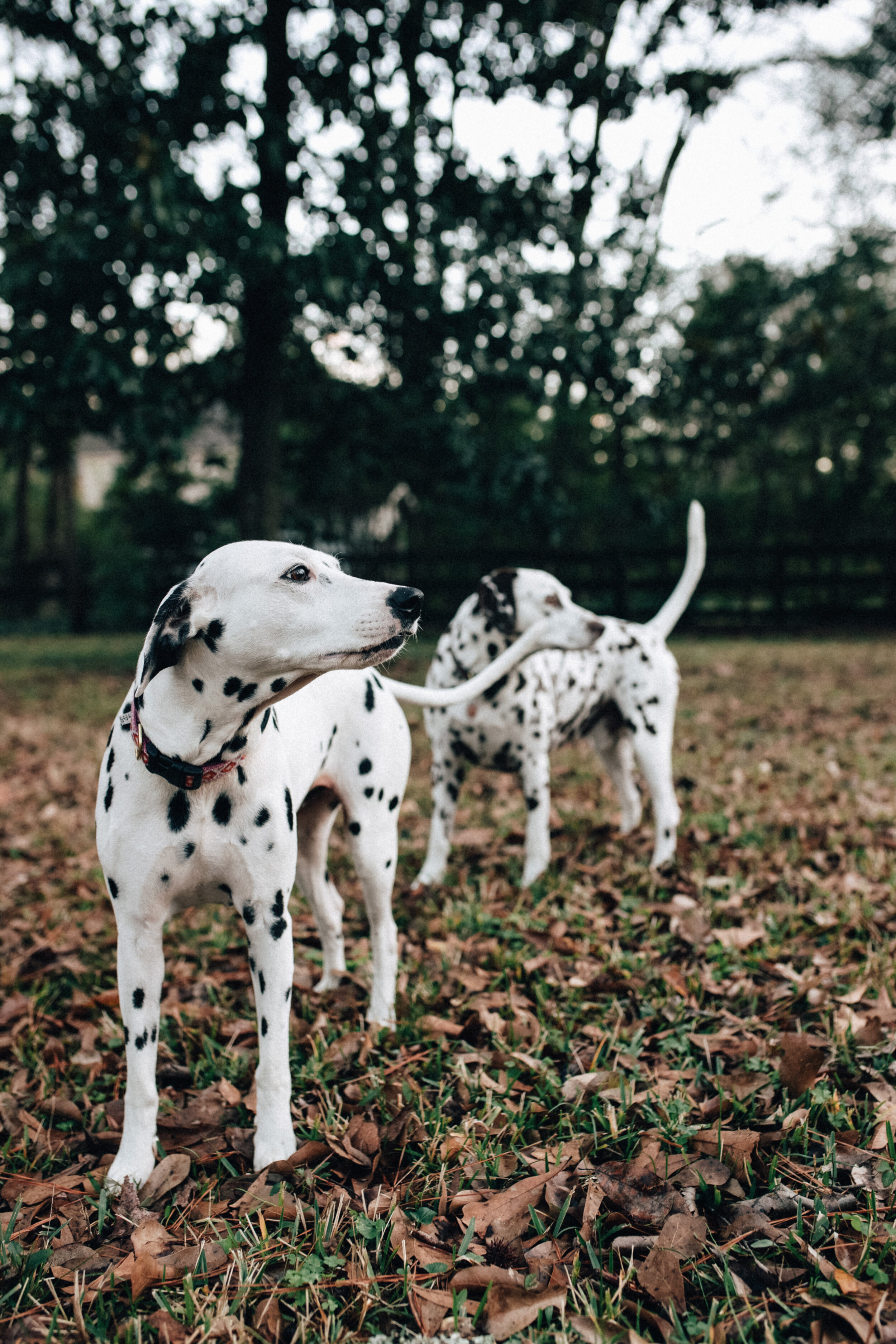It's Still a Good Idea to Buy a Home
/Buying a home is a good investment. I know, I know, you are already forming your argument against this statement: interest rates remain high, and tariffs and other economic uncertainties have everyone rattled. Real estate may indeed be more susceptible to market conditions, and it often seems like it operates in a boom-or-bust environment.
Homes that used to sell with multiple offers in a matter of days have slowed in to a trickle in some areas. I, too, have experienced these fluctuations. My last Design4Good home took six months to close. It had a financial impact on me and my business, but at home, where I put my head on the pillow at night, we are immune to it. After all, we’ve lived in the same house for 32 years. Much like the stock market, if you invest for the long haul, you will not be affected by ups and downs. The housing market was not designed to be a short-term investment. I have spoken about this frequently and loudly: neighborhoods and homes are not meant to be part of a corporate real estate buyer's portfolio or an opportunity to earn some extra income on an individual level. Residential real estate—homes—are where you are supposed to live. Establish your place in a community and put down roots. When residential real estate becomes anything other than a place to nest, our cities, towns, and ultimately, our society suffer.
A silver lining to a slowdown in the real estate market is that you can get more house for less money. Although interest rates may be higher than in the past, they are still considerably lower than in the 80s, 90s, and early 2000s. With a lower sales price, you will pay less interest on the house. You can also refinance when rates drop again, and they will.
You can measure a neighborhood’s blight by how many LLC’s appear on the tax rolls. Buying a house and living in it creates healthy, vibrant communities. There is a wealth of research on the positive impact of homeownership on children and educational attainment. There is also wealth transfer that helps reduce generational poverty. Buying a house is still a good investment: it is good for you and your community.






